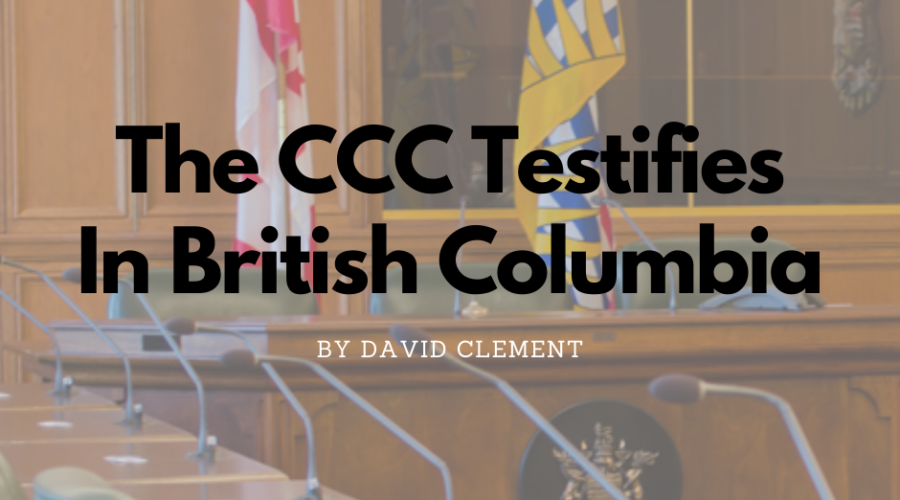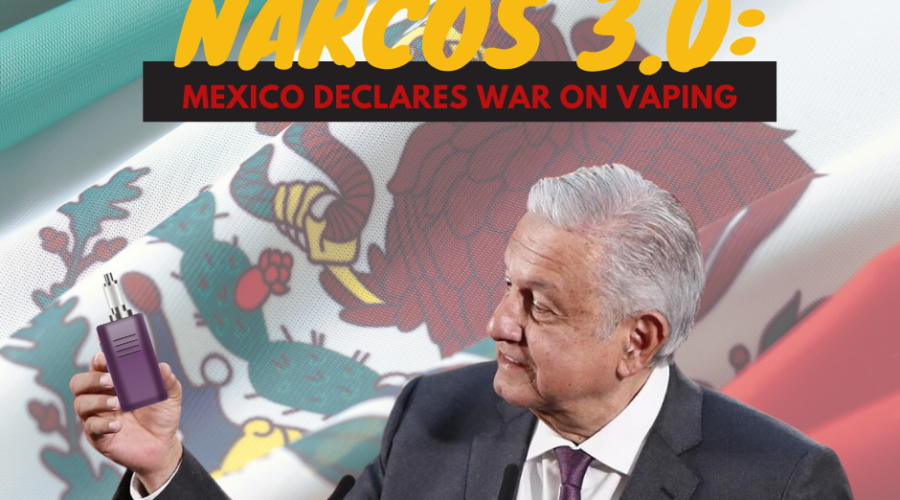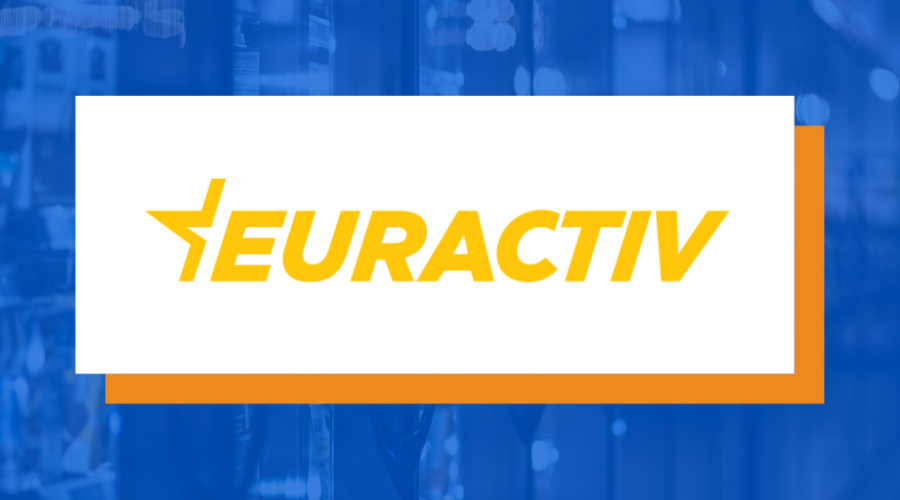Enfermedades respiratorias detonará el decreto de prohibir vaporizadores
Los vaporizadores constituyen la alternativa para dejar el consumo de cigarros, pues son 95% menos dañinos que fumar
Activistas afirman que los vaporizadores constituyen la alternativa para dejar el consumo de cigarros, pues son 95% menos dañinos que fumar.
Se realizó la 7ª edición del Global Forum on Nicotine, que en esta ocasión se llevó a cabo online y en donde participaron más de 30 especialistas de 15 países.
Contrario a su objetivo, el decreto presidencial para prohibir la importación y exportación de vaporizadores detonará en México la presencia de enfermedades pulmonares, alertaron especialistas en el marco del Séptimo Foro Global de Nicotina (GFN), en donde participaron más de 30 especialistas de 15 países.
En el marco del evento, que tuvo lugar lo días 11 y 12 de junio y que por esta ocasión se desarrolló por internet por la emergencia sanitaria, el Centro para la Elección de los Consumidores (CONSUMER CHOICE CENTER), afirmó que el decreto que emitió el gobierno de México el pasado 19 de febrero para prohibir la importación y exportación de cigarros electrónicos y/o productos de tabaco calentado tendrá graves consecuencias negativas para la salud, al presionar a los usuarios de vapeadores mexicanos a comprar productos en el mercado negro.
“México -explicó la organización-, tiene un mercado bien desarrollado para sustancias ilícitas, liderado por los carteles y, sirve como un centro de tránsito masivo para el tráfico mundial de drogas. No le costará mucho al crimen organizado contrabandear productos de vapeo de países vecinos a México y venderlos en el mercado negro o (aún más preocupante) vender líquidos de vapeo falsificados a vapeadores mexicanos”.
“La crisis de vapeo en Estados Unidos que refiere el propio decreto presidencial mexicano -agregó la institución-, fue causada por líquidos ilícitos de vapeo con THC y acetato de vitamina E del mercado negro. Empujar a los vapeadores mexicanos al mercado negro causará exactamente lo que el Decreto intenta evitar: Más enfermedades pulmonares”.
En el marco del evento que reunió a especialistas de países como el Reino Unido, Canadá, Estados Unidos, México, India, Italia, Grecia, Nueva Zelanda y Suiza, el Centro para la Elección de los Consumidores dijo que irónicamente la Organización Mundial de la Salud (OMS), reconoció la prohibición de vapear de México como un logro de salud pública, aunque la postura antivapeo de México mantendrá a los fumadores y consumidores de nicotina limitados al consumo único de cigarrillos tradicionales.
Al respecto, John Oyston, Jefe de Anestesiología del Hospital Scarborough de Canadá, y quien también participó en el foro, destacó los beneficios que han demostrado los vaporizadores en el proceso para abandonar el consumo de cigarros convencionales, tal como lo sostiene el principal organismo de salud del Reino Unido, el Public Health England, el cual afirma que el vapeo es 95 por ciento menos dañino que fumar.
Por ello, al igual que el resto de los participantes, reprochó la intención en algunos países, como Estados Unidos, de prohibir el uso de vaporizadores.
Cabe destacar que la principal diferencia entre los vaporizadores y los cigarros convencionales es la combustión, pues mientras que en los primeros se genera vapor (vaporización de sustancias), en el segundo es humo, derivado de la quema de tabaco y químicos, lo que daña directamente la salud de quien lo consume y de terceros que inhalan el humo.
En el evento también participó el mexicano Roberto Sussman, director de Provapeo México, quien alertó que existe una avalancha de desinformación sobre el uso y ventajas del vapeo respecto al consumo de cigarros convencionales.
Por lo general, el GFN se financia únicamente con tarifas de registro. Este año, se ofreció de forma gratuita con los organizadores a cargo del costo. El evento tiene una política de puertas abiertas. Los consumidores, los encargados de formular políticas, los académicos, los científicos y los expertos en salud pública participan junto con representantes de fabricantes y distribuidores de productos de nicotina más seguros.
Originally published here.
The Consumer Choice Center is the consumer advocacy group supporting lifestyle freedom, innovation, privacy, science, and consumer choice. The main policy areas we focus on are digital, mobility, lifestyle & consumer goods, and health & science.
The CCC represents consumers in over 100 countries across the globe. We closely monitor regulatory trends in Ottawa, Washington, Brussels, Geneva and other hotspots of regulation and inform and activate consumers to fight for #ConsumerChoice. Learn more at consumerchoicecenter.org










